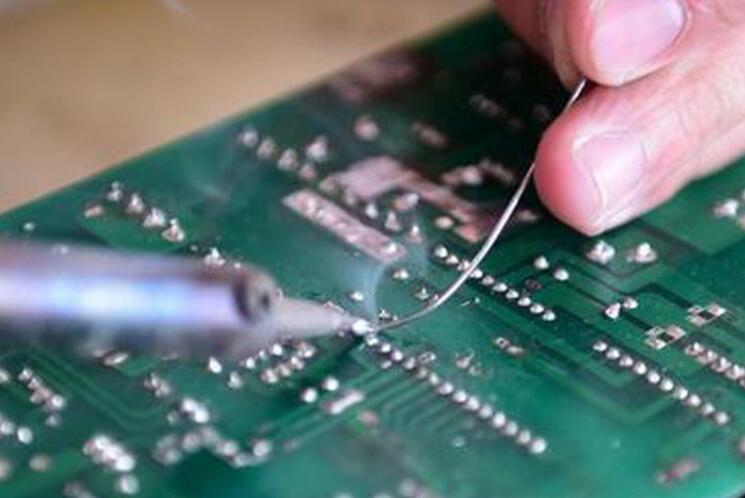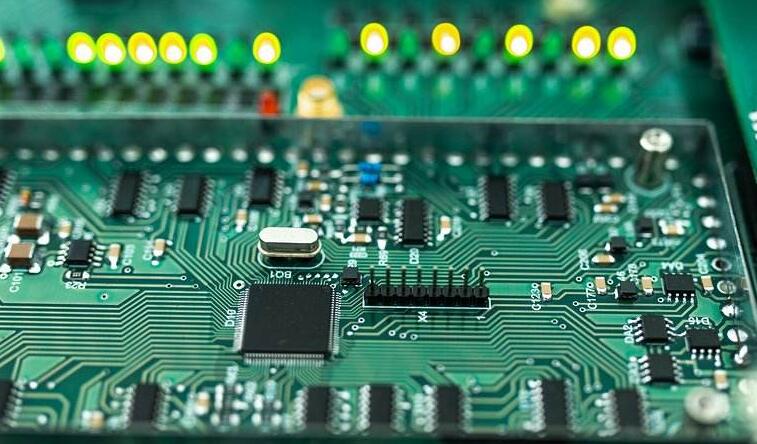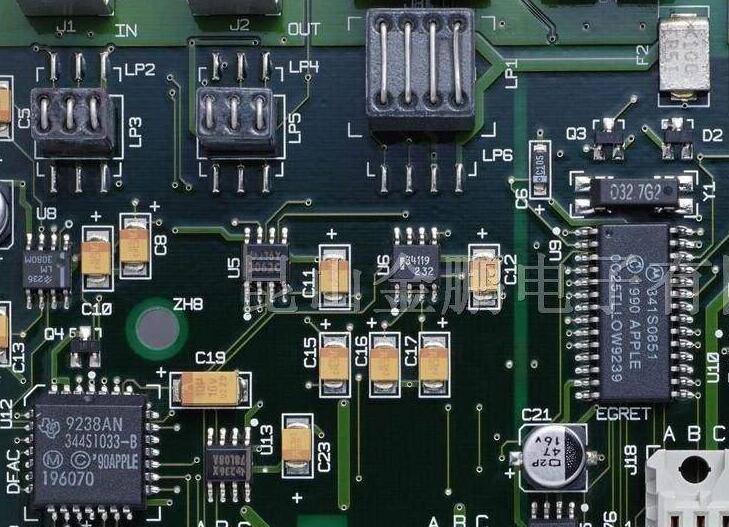In PCBA manufacturing, two common welding methods are reflux and wave soldering.
So what is the function of reflux welding, what is the function of wave soldering, and what is the difference between them in PCBA manufacturing?
1. Reflux welding: refers to the process of heating and melting solder paste pre-coated on the solder pad to achieve the electrical interconnection between the pins or the solder ends of electronic components pre-mounted on the solder pad and the solder pad on the PCB in order to solder the electronic components on the PCB board. Reflow soldering is generally divided into preheating zones. Heating zone and cooling zone.
Reflux Soldering Process: Printing Paste > Mounted Components > Reflux Soldering > Cleaning
2. Peak soldering: Use the pump to spray melted solder into solder peaks, and then the pins of the electronic components that need to be soldered pass through the solder peaks to achieve the electrical interconnection between the electronic components and the PCB board. A peak welding consists of spray, preheating, tin oven, and cooling.
Peak welding process: plug-in > solder coating > preheat > peak welding > cut corners > check.
3. Differences between peak and reflux welds:
1) Peak soldering is the solder peak formed by melting tin to weld components; Reflux soldering is the high-temperature hot air forming reflux melted tin to solder components.
2) There is already a solder in front of the PCB circuit board in the process of reflux soldering. After soldering, only the coated solder paste is melted for soldering. During peak soldering, there is no solder in front of the PCB circuit board. The solder peak produced by the solder machine coats the solder on the required solder pad to complete the soldering.
3) Reflux welding is suitable for patch electronic components, and wave soldering is suitable for pin electronic components.

Peak welding and reflux welding are two important processes in PCBA manufacturing. The result of the welding determines the quality of PCBA manufactured products.
Welding is a major method of connection in PCBA manufacturing. Welding-related issues should be considered at every stage of the PCBA manufacturing process, which is related to the quality level of the PCBA.
1. Meaning of welding
Welding is a process in which two or more separated workpieces are joined together in a certain form and location into a whole. You can use heating. Pressure or other methods, using or not using fillers, rely on interatomic diffusion and bonding to achieve a permanent and strong bond between the two metals.
2. Classification of welds
Welding can generally be divided into three categories: fusion welding. Pressure and brazing.
1) Melting: In the process of welding, the welded joints are heated to a melting state, and the method of welding can be completed without pressure. For example, arc welding. Gas and plasma welding, etc.
2) Pressure welding: During the welding process, pressure must be applied to the welded parts to complete the welding method. Pressure welding can be heated or not. Such as ultrasonic welding. Pulse and forging.
3) Brazing: Using metal material with a low melting point as a brazing material, heating the brazing material and the brazing piece to a temperature higher than the brazing point but lower than the melting point of the parent material, wetting the base material with liquid brazing material, filling the gap between the joints and diffusing with the base material to achieve the method of joining the brazing piece. Such as flame brazing. Resistance brazing and vacuum brazing. Depending on the melting point of the brazing materials, they are also divided into soft brazing melting points lower than 450 C) and hard brazing melting points higher than 450 C.

In PCBA manufacturing, after checking the welding quality of electronic components, disassemble and weld the improperly welded electronic components. However, in order to remove miswelded electronic components without damaging other components and PCB circuit boards, it is necessary to master the manufacturing and disassembly skills of PCBA.
1. Basic principles of disassembly:
Before disassembly, it is important to know the characteristics of the original weld point and not to start with it easily.
1) Do not damage the components to be removed. Wires and surrounding components;
2) The bonding pads and printed guides on the PCB circuit board shall not be damaged during welding disassembly;
3) For electronic components that have been judged to be damaged, pins can be cut before being dismantled to reduce the damage;
4) Avoid moving other original devices as far as possible and, if necessary, do a good job of recovery.
2. Key points of disassembly and welding work:
1) Strictly control the heating temperature and time to avoid damaging other components at high temperatures. Generally, the time and temperature of dismantling are longer than that of welding.
2) Do not exert too much force during welding disassembly. The packaging strength of components decreases at high temperatures, resulting in excessive pulling. Shake. Twisting can damage components and pads.
3) Suck up the solder on the dismantling spot. Tin-absorbing tools can be used to suck up solder and pull out components directly, reducing the dismantling time and the possibility of damage to PCB circuit boards.
3. Disassembly method:
1) Split Spot Welding Method
For horizontally mounted resistance components, the two solder joints are far apart and can be separately heated by electric cautery and pulled out point by point. If the pin is bent, pry it straight with the ironing head before removing it.
When disassembling, hold the PCB circuit board upright, heat the pin solder points of the components to be disassembled with electric caulking iron, and gently pull out the pin of the components with tweezers or sharp-tip clamps.
2) Centralized dismantling
Because the pins of the drain resistor are welded separately, it is difficult to heat them at the same time by using iron cautery. You can use a hot air welder to quickly heat several welding points and pull them out once after the tin melts.
3) Retain detachment method

Use the tin suction tool to suck up the solder from the detached solder joints first. In general, components can be removed.
If you encounter multi-pin electronic components, you can use the electronic hot fan to heat up.
If it is a lapped component or pin, you can apply solder on the solder point, open the solder point with electric cautery, and the pin or lead of the component can be detached.
If it is a hook-welded component or pin, first remove the solder from the solder joints with electric cautery, then heat up with electric cautery, melt the residual solder under the hook, and at the same time lift the pin with a spatula in the direction of the hook line. Do not pry too hard to prevent melted solder from splashing into your eyes or clothes.
4) PCBA Cutting and PCBA Welding Method
If there is any surplus on the pin and lead of the component on the dismantled spot or if it is certain that the component is damaged, you can cut off the component or lead before you detach the wire head on the bonding pad.
4. Problems to be noticed when re-welding after disassembly
1) Re-welded pins and wires of components should be in accordance with the original as far as possible;
2) Pass through the blocked pad hole;
3) Restore the moving components to their original state.